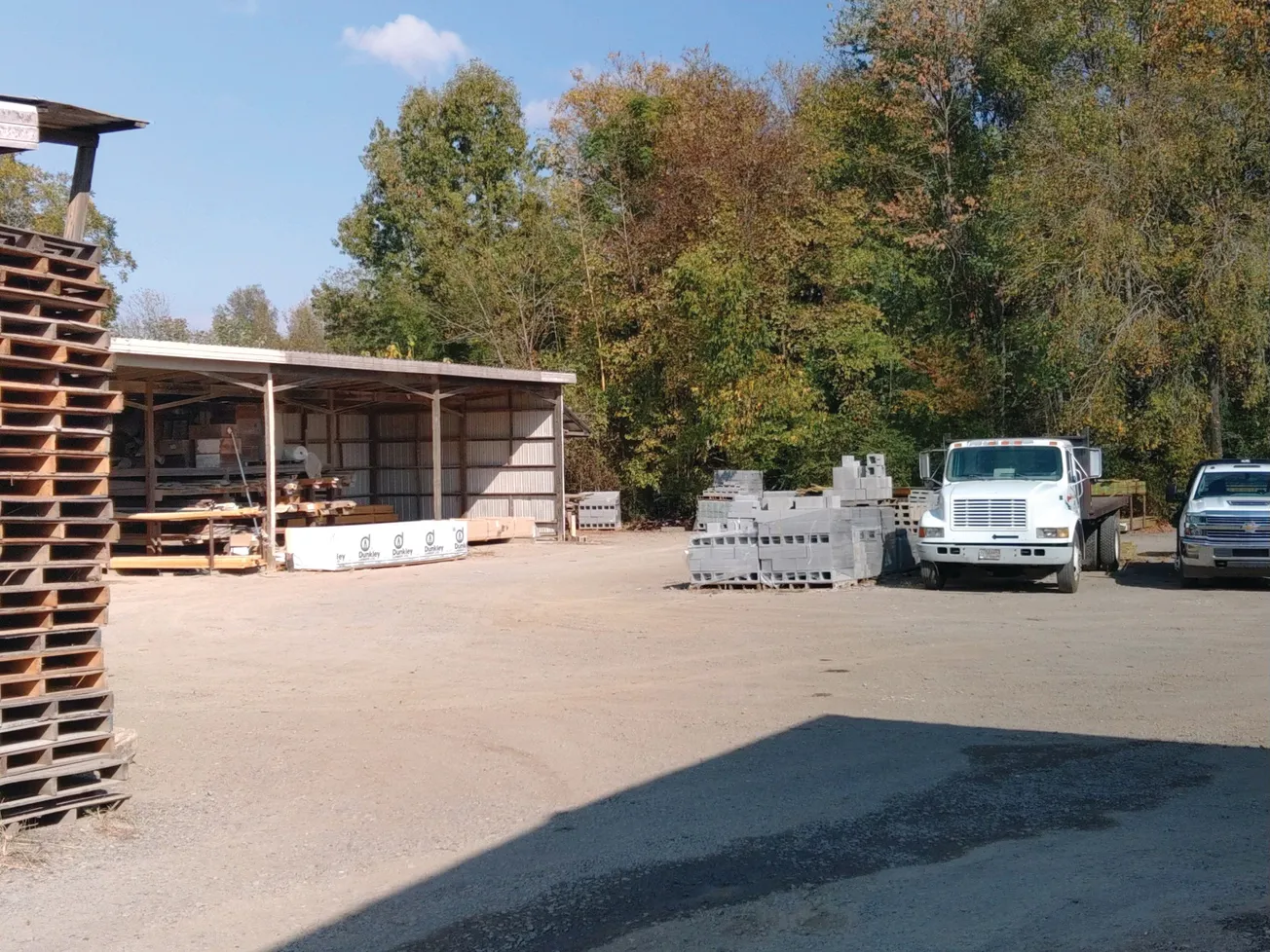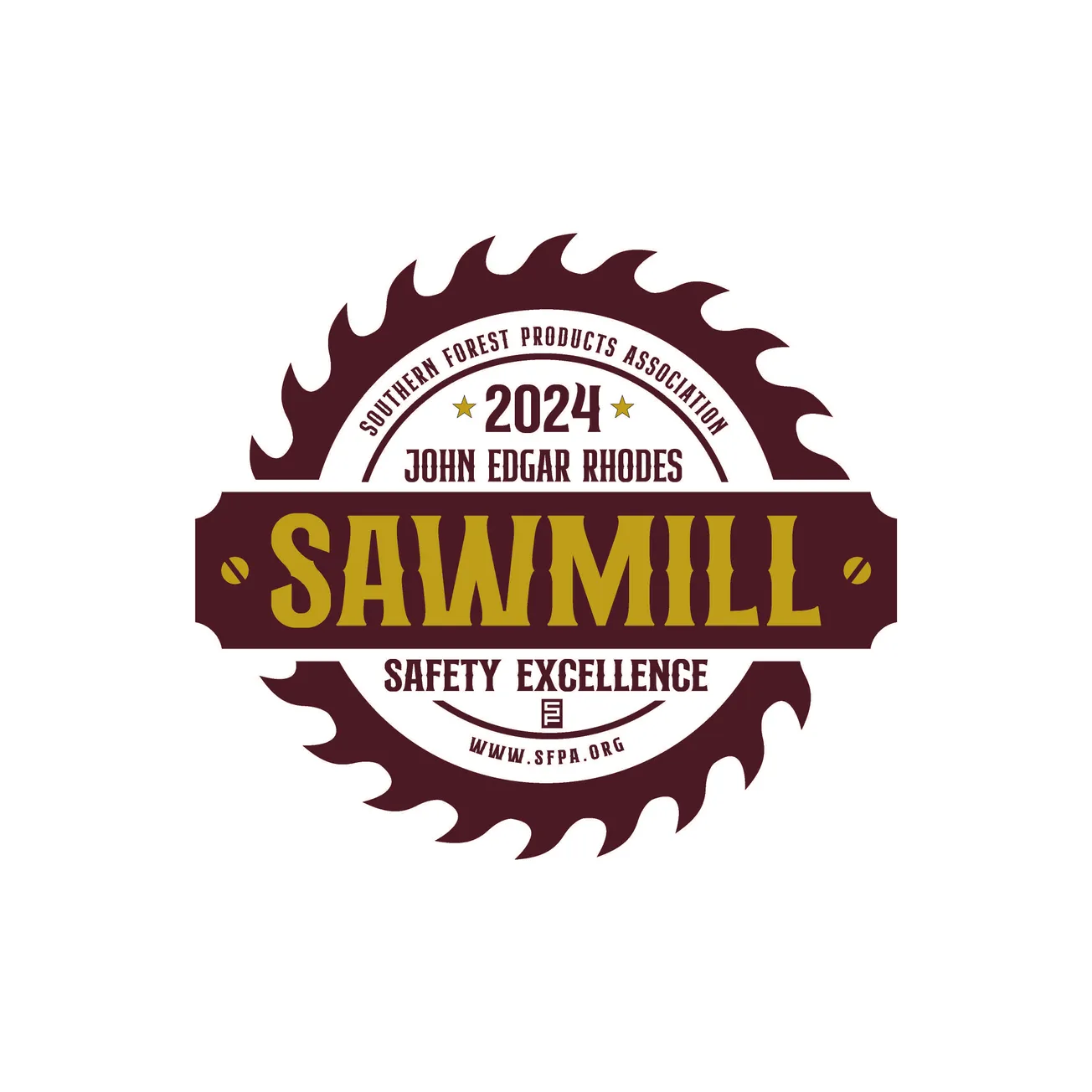Table of Contents
It’s 7 a.m. in Malad City, Id., when Doug Crowther picks up the phone for our conversation. (Mercifully, it’s 8 a.m. at my home base in Minneapolis.) But that’s business as usual, the GM of Hess Lumber assures me. Doug’s dad, who took over the family outfit from his own father in the Seventies, also still puts in “60, 70 hours a week,” and his mom’s on board to handle accounting tasks.
Instead of hooking up Tinkertoys as a young kid, Doug was aligning 2x4s and sorting nuts and bolts in the yard his great-grandfather had built from scratch in 1935. That gentleman was a builder who developed a sizable sideline in making shipping crates, including those used in World War I to transport materiel overseas. Because he ordered his lumber by the carload, others in the vicinity started begging to buy some sticks from him—and you can guess how that turned out.
Hess Lumber is still selling pallets—are they ever!—as we’ll see in a minute, but also doing a mighty brisk business on the retail side, selling to homeowners who are adding a deck, garage, or family room—or even acting as their own general contractor in building the home of their dreams. “Because they don’t have accounts established, the big yards can’t be bothered to deal with them, “Doug relates, “so we take care of them. We establish a relationship. Then they tell their friends. Lots of repeat business.” Hess also is happy to take care of area farmers and ranchers in need of barbed wire, railroad ties, whatever. “But that’s seasonal,” Doug notes.
“Malad City is a bedroom community—lots of retirees,” he reports. Its population keeps pace with the calendar (it’s 2,020 at the moment), with few-to-no pros in that number—no certified local plumbers nor electricians, either. Thus, contractors contribute less than 20% of Hess’ revenue, and, chances are, these pros reside in Preston, Idaho, 30 miles away. “We make two or three runs there daily. And we can provide them with take-offs.”
That service requires the kind of creativity that Doug has made his specialty. “I found a guy doing take-offs from his home office, so, with minimal expense, we connect via email. It’s opened up new business, made us a lot more competitive. So does buying direct from my buying group—better prices, better product.
“My dad, in his 41st year here, sticks to the old ways of doing business; it wouldn’t enter his mind to sub out anything like that. But, it frees up your time.” And Doug uses that time “always looking for new customers, new lines and new products” to serve his clientele. “‘No’ is not in my vocabulary.”
It’s a swear word for his staff, too. “I teach them that if there are no customers, there’s no business—so, take care of them: ‘Customers can fire you; not me,’” he drives home the message. His staff of 35 (20 full-time) represent a patchwork including older folks, close to retirement, who love to work part-time. “Some only deliver. I can call them on the spur of the moment and ask if they’re available to help out. I also have a lot of women employees, and they can outwork the guys! My lead pallet person is a woman, and so’s my lead yard person. My secretary is my right-hand ‘man,’” he laughs. (“Right, Trish?” he hollers for confirmation.)
“I train them from scratch, though most bring experience working in production—auto, meat—so they’re kind of familiar with the basics, working on orders, working side-by-side, as they do on the pallet side of the operation, feeding machines. And women like it that they’re close to home; if their kid get sick at school, or something, they can take right off. The biggest things I’m looking for in a hire is that they show up for work and are willing to do the job: the two biggest traits I look for. You can teach the rest….”
The company has done so well, year after year, that it outgrew its original location. “In 2007, we started building a new store on adjacent property, which would let us expand from 1,500 sq. ft. to 7,500 sq. ft. for retail, and a total of 9,000 sq. ft.” The lumberyard and pallet operation occupy an additional acre. The new store took more than two years to complete because Doug and his crew worked the project. “We’re the type of people who like to do what we can ourselves,” he explains. “One year we did the foundation; then the floor; and then started framing.”
The move paid off. Revenues jumped from $1.8 million to $4 million and still are growing by over 10% a year (“a conservative estimate,” in Doug’s words). How the heck? A reporter wants to learn the magic trick. “We service people, we don’t tell them ‘no,’” he repeats. “We go out and find [whatever it is they need]. We can offer a larger selection now, like irrigation products, which are new for us. And the pallet operation across the street keeps booming.”
Hess has been making pallets since the ’70s—back when they came across a local stone manufacturer who needed such a service. The next step was achieving certification—proving that the product was heat-tolerant, free of bugs and mold, and meeting other specs. “It opened the door to three or four other accounts. It’s a whole new ballgame now. Certification put us on the map and pushed us to where we are today.
“We moved the operation from a small shop to a 7,000-sq. ft. facility, where we just completed an order running 160 by 160 inches—six pallets, for a total of $21,000. It’s unique. But we can build anything if you just send us the specs. Right now, we’re even taking orders from other pallet companies because we’re familiar with the system, have the right equipment. But we’re constantly learning new systems; every day, it’s a little bit different. (That’d make a good reality show!” he chuckles.) Bottom line: “You’ve got to think outside the box. Don’t be afraid to take chances on a new adventure. Plan it right and hope it pays off.”
Another out-of-the-box venture has done well, too, and that’s recycling. When he built that new store, Doug realized there was space in it for a cardboard compactor. In the spirit of keeping the town and the environment clean and green, he bought a vertical baler and distributed collection bins around the area. “We keep 20,000 lbs. of cardboard out of landfills every month—a million, total, in the past seven years. Nowadays, we charge a small fee, which allows us to break even. We hired a high school kid to drive around in a forklift to make collections.” Hess went on to purchase a second baler that recycles plastic bags and super sacs.
What’s next? Stay tuned. As Doug explains, “I like being around people, helping the community, making the town a better place. And I love keeping our customers happy.” And at 35, there are many more decades of innovation ahead. Plus four kids in the wings (just sayin’.)









